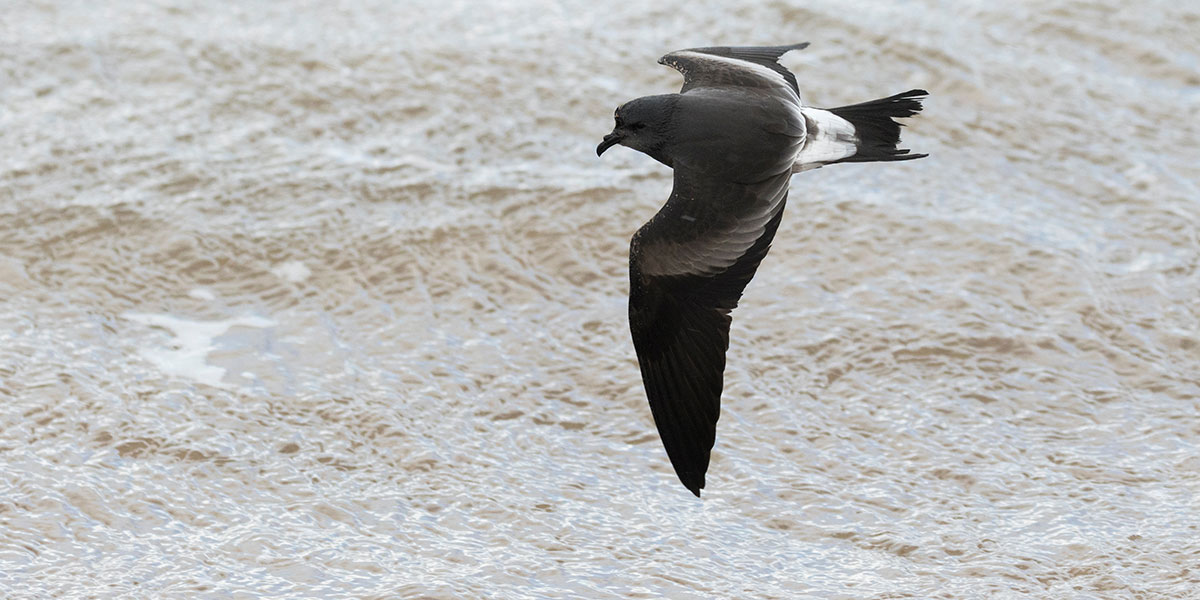The Leach’s storm petrel (Hydrobates leucorhous) is not only one of the world’s most special birds but one of the most interesting. This seabird flies over the seawater with erratic, bounding wingbeats. Although it’s rarely seen from land, you might be lucky and spot one during an aquatic expedition in the Gulf of Maine.
The Leach’s storm petrel stands out from Maine’s other storm petrels, the Wilson’s storm petrel. The Leach’s storm petrel stands out from the Wilson’s storm petrel due to its larger body and shorter legs, which are always tucked away during flight. Let’s look at some other facts that make this elusive seabird one of the most interesting on the planet.
Leach’s storm petrels belong to the tubenoses, which refers to its cylindrical external nostrils. These birds spend most of their time at sea which means they don’t have access to freshwater sources.
Leach’s Storm Petrel Can “Walk” on Water
Leach’s petrels use an unusual-looking technique to feed known as pattering. While in flight, the birds are noticeably buoyant and can achieve sudden swift changes in speed and direction. However, they cannot quickly rise from the ground which forces them to half-run and half-fly until they gain flight.
They also fly close to the water, which helps them pick individual plankton from the surface. Some people liken the bird’s pattering to walking on water. The petrel gets part of its name from Peter, who you may recall from the Bible, walked on water.
The Seabird Lays a Single White Egg with Ring Spots on the Larger End
Unlike many other birds, the Leach’s storm petrel only lays one egg. This egg is white and may have purple, lilac, or red ring spots towards the egg’s larger end. Both sexes incubate the eggs for about 38-46 days in burrows dug in open fields in stone walls, or under stumps and tree roots.
The birds are also strictly nocturnal at breeding sites. Thus, they arrive and depart only at night, reducing their chance of being predated.
They Have Unusually Long Lifespans for a Small-Sized Bird
The Leach’s storm petrel has an average lifespan of 25 years. The oldest known storm petrel was 38 years old when it was recaptured in 2019. This long lifespan has been associated with their genetic makeup, i.e., telomeres.
Be sure to visit the Maine Coastal Islands Visitor Center where you can learn more about these incredible birds.
The Visitor Center is sponsored by The Friends of Maine Coastal Islands National Wildlife Refuge, which works to conserve, protect, and enhance coastal habitats and wildlife.







